#Andalusia Spain
Explore tagged Tumblr posts
Text
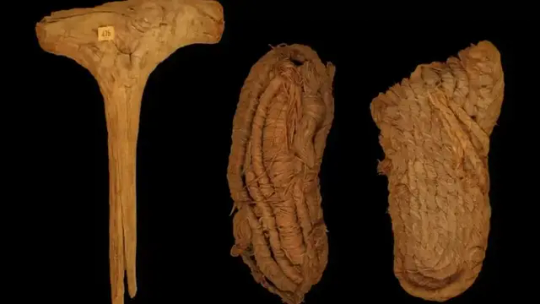

6,000-Year-Old Sandals Found in a Spanish Cave are Europe’s Oldest Shoes
New analysis has identified the oldest shoes ever discovered in Europe, according to a study published this week in the journal Science Advances.
The 22 woven sandals date from 6,000 years ago, radiocarbon analysis found in the study led by researchers at the Autonomous University of Barcelona and Alcalá University in Spain.
The ancient footwear, along with Mesolithic baskets and other tools, was first discovered back in 1857, when a cave in southern Spain was looted by miners. However, when the artifacts were first dated, in the 1970s, they were identified as being about 1,000 years more recent than this latest analysis found.
The very dry conditions within the cave were ideal for preserving perishable materials, the researchers said, and allowed the preservation of a prehistoric burial site complete with partially mummified corpses, accompanied by baskets, wooden tools, sandals and other goods.
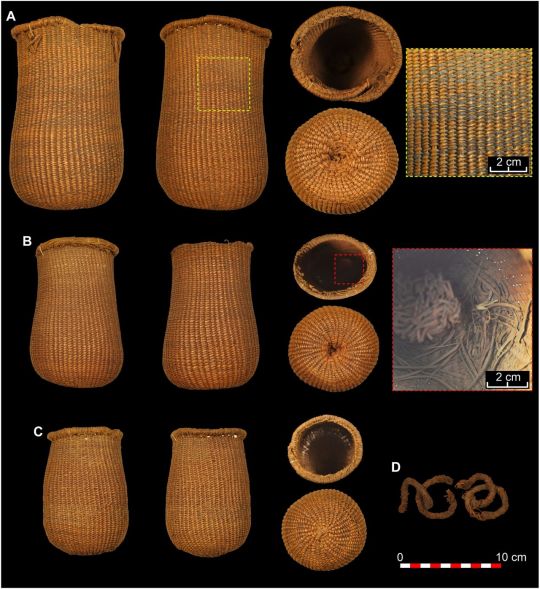

The objects are “the oldest and best-preserved set of plant fiber materials in southern Europe so far known,” María Herrero Otal, one of the study’s authors, said in a statement, adding that they demonstrate “the ability of prehistoric communities to master this type of craftsmanship.”
When Spanish archaeologist Manuel de Góngora y Martínez visited the cave in 1867, 10 years after the looting, he gathered the remaining artifacts, including the sandals, and gave them to museums in Madrid and Granada, where they have been studied by researchers, the study added.
The sandals were made of grasses as well as other materials, including leather, lime and ramie bast, a type of natural fiber.
Using the descriptions provided by Góngora, the study hypothesizes that the bodies were buried wearing the sandals.
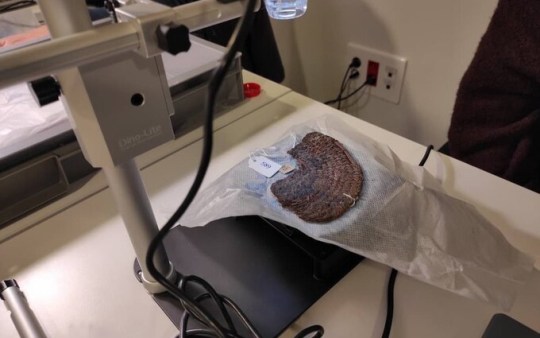
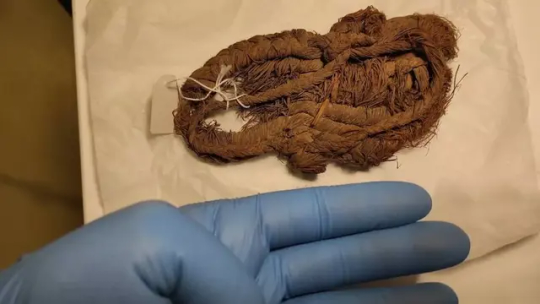
Some sandals had clear signs of wear, while others appeared never to have been worn, suggesting that some people had clothing made especially for their burial.
The researchers also studied several baskets and other wooden artifacts in the collection. These objects “open up groundbreaking perspectives on the complexity of Early-Middle Holocene populations in Europe,” they said, adding that most knowledge of past societies is drawn from durable artifacts rather than perishable ones such as baskets. The Holocene is the current geological epoch, which began 11,700 years ago.
Both the baskets and sandals suggest that the makers had an extended knowledge of the plant resources in the local environment as well as a high level of expertise, the researchers noted.
“The quality and technological complexity of the basketry makes us question the simplistic assumptions we have about human communities prior to the arrival of agriculture in southern Europe,” Francisco Martínez Sevilla, one of the study’s authors, said in a statement.
The study also found that the objects were deposited at the site at two very different times during the Early and Middle Holocene eras. The first phase was related to the Early Holocene hunter-gatherer populations, and the second phase to Middle Holocene farmers, researchers said.
By Issy Ronald.

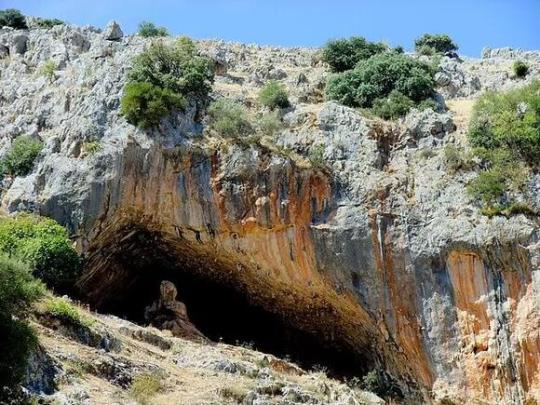
#6000-Year-Old Sandals Found in a Spanish Cave are Europe’s Oldest Shoes#the oldest shoes ever discovered in Europe#Cueva de los Murciélagos#the Cave of the Bats#Andalusia Spain#ancient artifacts#archeology#archeolgst#history#history news#ancient history#ancient culture#ancient civilizations
129 notes
·
View notes
Text
Why Choosing a Relocation Agency Is the Right Decision
Moving to a new place can be tough. You have many things to handle, and it’s easy to feel stressed by all the tasks. Without the right support, it's easy to forget important things or make mistakes. This can cause delays and add unnecessary stress. When moving, people often face problems like finding a home, dealing with paperwork, and adjusting to a new place. A relocation agency can solve these problems by offering professional help and support, especially when moving to places like Calpe Spain.
They manage the moving process, assist in finding a home, and provide helpful information to make the move easier. Choosing a relocation agency can make moving easier.
Local Insights That Matter
Moving to a new place can be tricky. It’s not always clear where to start or what to do first. A relocation agency knows places like Torrevieja Spain, and can assist you in making important choices, such as finding the right neighbourhood and locating essential services. They are familiar with important local factors like safety, schools, and transport. This knowledge can make settling in much easier. Their support helps you make the right decisions quickly, which lowers stress and makes the move easier.
Easing the Adjustment to a New Environment
Adjusting to a new city or country can be tougher than you might think. It takes time to settle in. The new culture, local traditions, and language can make it hard to adjust. It may take time to feel comfortable. A relocation agency helps with more than just the move. They also make it easier to adjust to the new place. They give practical advice and help make it easier to adjust and feel at home in a new place. With their help, settling into the new place becomes much easier.
Simplifying the Move
Moving can be stressful with so many things to do. You have to care for tasks like organizing documents and arranging essential services. A relocation agency handles these tasks, making the move simpler and less stressful. They arrange the movers, manage all the paperwork, and manage every detail to ensure everything is done on time. This helps make the move more organized and smoother without the stress of last-minute problems.
About TorreviejaTranslation:
TorreviejaTranslation is a reliable relocation agency that provides expert support to individuals planning to move to Spain, including popular regions such as Andalusia Spain. The agency offers valuable insights, including assistance in obtaining a Spain Residence Permit, making the relocation process simpler and more efficient.
To get more details, visit https://torreviejatranslation.com/
Original Source: https://bit.ly/4g19s11
0 notes
Photo

Carmen de los Mártires, Granada, Andalusia, España
7K notes
·
View notes
Text
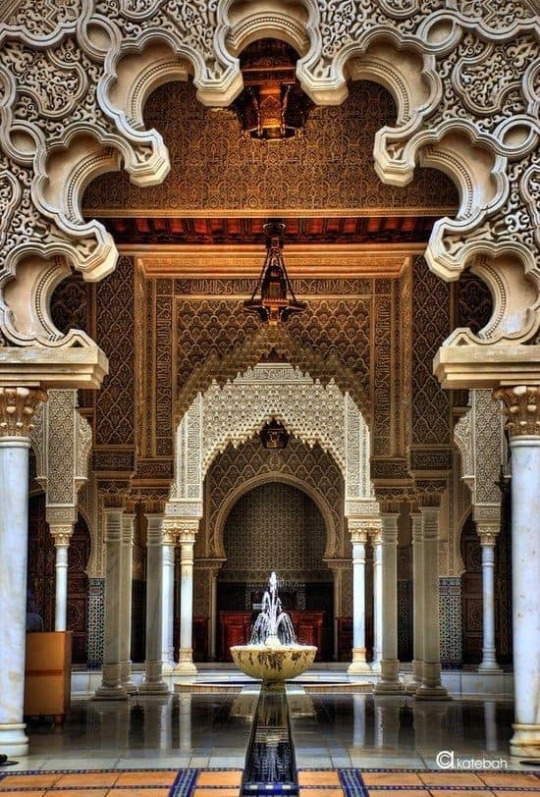
The Alhambra, Granada, Andalusia, Spain,
Courtesy: Kate Bach
#art#design#architecture#history#luxury lifestyle#style#luxury house#luxury home#interior design#patio#alhambra#palace#fortress#granada#andalusia#spain#renaissance#islamic architecture
2K notes
·
View notes
Text

En algun lugar en ANDALUCÍA
#andalucía#andalusia#en algun lugar#somewhere#macetas#flower pots#floral#flora#hermoso#casa#beautiful#house#flores#flowers#españa#spain#europe#europa
186 notes
·
View notes
Text

Martín Rico y Ortega (Spanish, 1833-1908)
La Torre de las Damas en la Alhambra de Granada
1K notes
·
View notes
Text

Algatocin, Spain (by Sebastian)
266 notes
·
View notes
Text

Alhambra, Granada, Spain: The Alhambra is a palace and fortress complex located in Granada, Andalusia, Spain. It is one of the most famous monuments of Islamic architecture and one of the best-preserved palaces of the historic Islamic world, in addition to containing notable examples of Spanish Renaissance architecture. Wikipedia
#Alhambra#Fortress Complex#Islamic architecture#Renaissance architecture#Monument#Granada#Andalusia#Spain
272 notes
·
View notes
Text

By Emmett_Sparling
Málaga, Andalusia, Spain
#curators on tumblr#malaga#spain#europe#travel#architecture#landscape#southwestern europe#andalusia#emmett sparling
221 notes
·
View notes
Text


outside and in // granada, spain // october 2014
#spain#original photographers#my photos#photographers on tumblr#travel#europe#photography#photooftheday#granada#andalucía#andalusia#southern spain#alhambra#moorish architecture#moors#arabic#history#architecture
207 notes
·
View notes
Text

photographer: Herbert List via
Paul on the patio #2. Torremolinos, Andalusia, Spain. 1952.
#herbert list#male beauty#male aesthetic#men in art#male photography#male body#analog photography#photography#gay photography#magnum photos#spain#torremolinos#andalusia
110 notes
·
View notes
Text
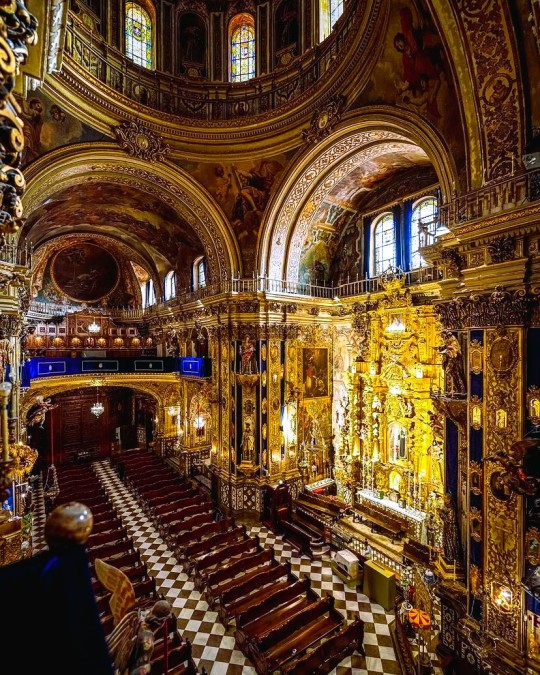
Basílica de San Juan de Dios, Granada, Spain: The Basilica of San Juan de Dios is a basilica in the Spanish city of Granada in Andalusia. Commissioned by Prior Fray Alonso de Jesús Ortega to house the remains of the founder of the Hospitaller Order of St. John of God, it was built between 1737 and 1759, financed by the Order. The building is in the Baroque style, made of stone and brick. The main chapel has an altar, in which the solid silver urn containing the relics of St. John of God is kept. The various chapels house important sculptural and pictorial works, as well as frescoes. Wikipedia,
196 notes
·
View notes
Text
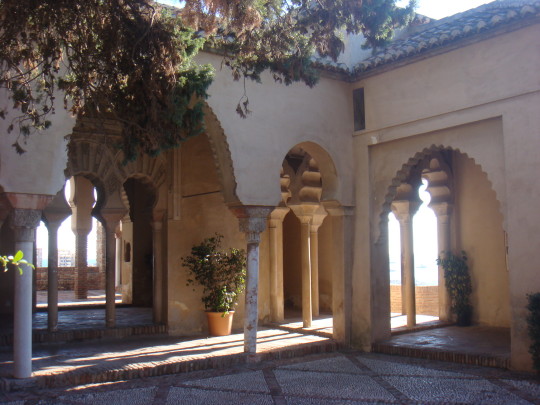
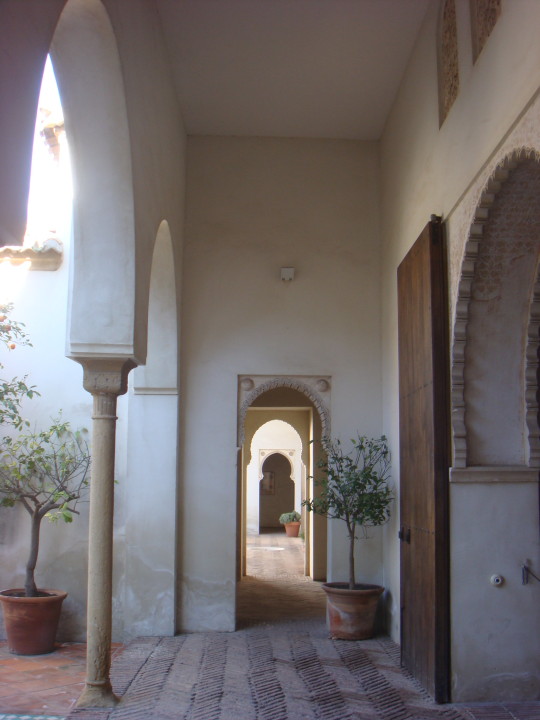

Alcazaba (2) (3) by d0gwalker
552 notes
·
View notes
Photo

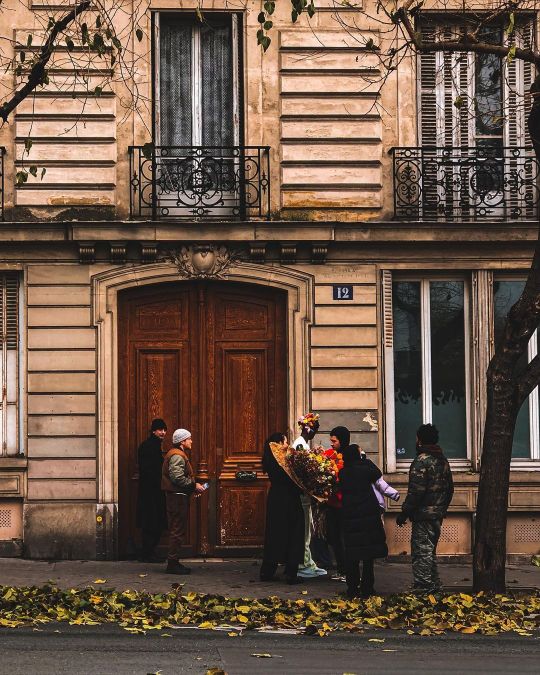




Instagram credit: knzea
#paris#france#granada#spain#andalusia#villages#streets#comfy aesthetic#comfy colors#comfy#books#bookworm#bookaholic#bookblr#book shop#travelling#coffee#coffeeblr#literature#cozy places#cozy
2K notes
·
View notes
Text
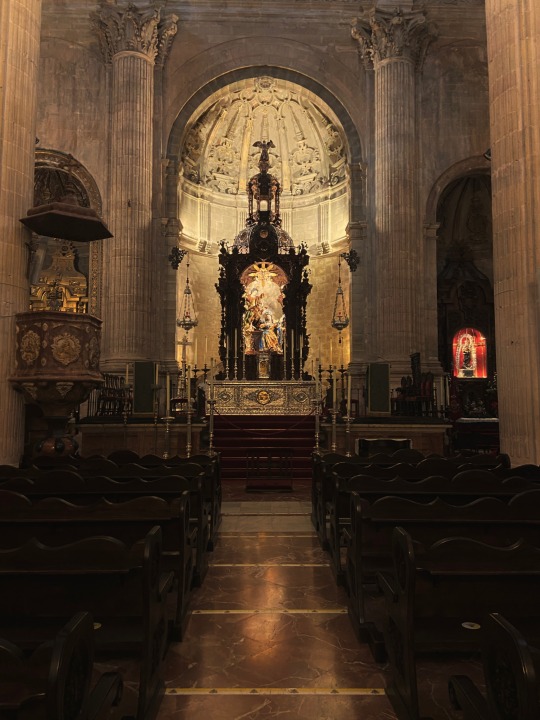
Santa Maria La Mayor
#southern gothic#catholiscism#cathedral#church#happy#architecture#religious imagery#beautiful#history#spain#malaga#Ronda#Andalusia#gothic architecture#happyinthechapel#mine
526 notes
·
View notes
Text

R O N D A
290 notes
·
View notes